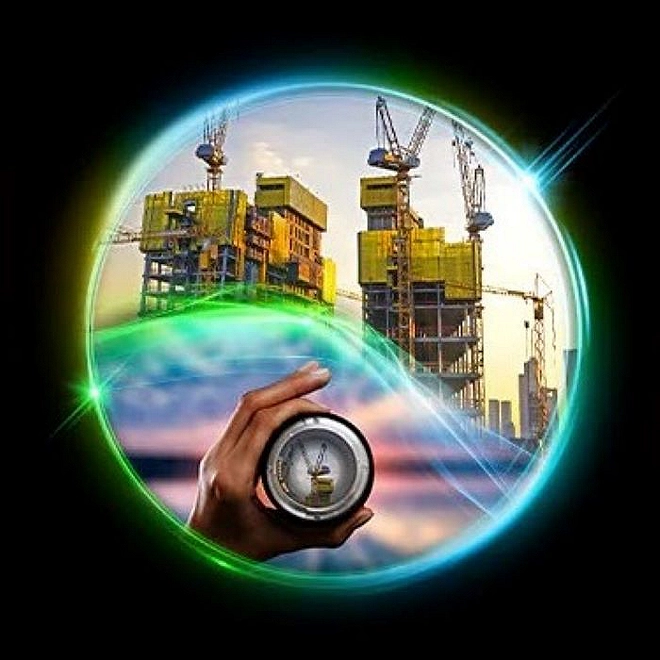2023 engineering and construction industry outlook
Preparation is key for the year ahead
2022 got off to a strong start for the engineering and construction (E&C) industry but was met with several strong headwinds, including rising costs and labor shortages. How can businesses navigate continuing volatility to thrive in a competitive market? Our 2023 outlook explores five engineering and construction industry trends that can help companies differentiate themselves and capture growth in the year ahead.
Driving growth as challenges and competition increase
The US engineering and construction industry began 2022 on a bright note after achieving strong growth of 8% in construction spending in 2021.1 But a closer look at current market dynamics suggests that 2023 will likely experience differentiated growth rates across different industry segments.
On the one hand, the nonresidential segment is likely to be buoyed by funds entering the market from the Infrastructure Investment and Jobs Act and the CHIPS and Science Act of 2022. On the other hand, residential construction companies are relatively more pessimistic about the industry outlook for the next year compared to other segments. So, while some segments may be more bullish than others, there are headwinds—from inflation to supply chain issues—which may continue to affect the industry overall in the coming year. Our 2023 outlook explores five key trends to watch closely.

